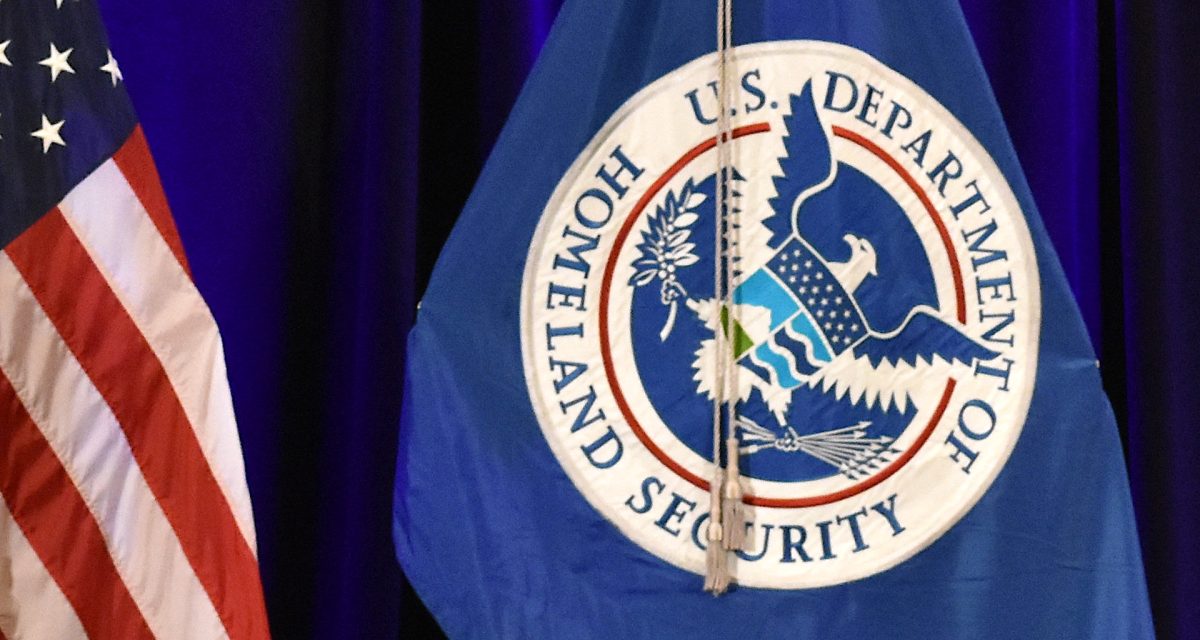Bad IT bungled DHS’s attempt to reunite families separated at the border

The Department of Homeland Security‘s legacy IT systems stymied its efforts to reunite and track families separated from each other during the Trump administration’s “Zero Tolerance Policy,” the department’s inspector general found.
DHS houses Customs and Border Patrol (CBP), the agency charged with carrying out the policy that led to thousands of migrant families being separated at the border. Children taken from their parents were supposed to be logged and tracked in DHS IT systems, which according to the new IG report were known to be inadequate. And after a federal judge ordered DHS to reunify families separated under the policy, the department’s poor data tracking systems hindered agents’ work, the report found.
Many of the challenges came down to a lack of interoperability and integration among disparate systems, says the IG.
“We found that DHS did not have the IT system functionality needed to accurately track separated migrant families during the execution of the Zero Tolerance Policy,” the report says.
The lack of a unified IT system that could track separated families led CBP agents to adopt “ad hoc” methods of tracking migrants. The report found “widespread errors” in their methods that stymied the ongoing reunification process.
The inefficient and ineffective methods also cost CBP $1.2 million in overtime payments to agents plugging together systems.
The challenges of DHS’s legacy IT are not new, according to previous IG reports. While DHS components had been warned against the challenges of their legacy IT, many lack sufficient modernization plans to move toward more integrated systems. Component agencies require more guidance and support from high-level DHS officials to be able to move forward with the modernization process, the report said.
“Meanwhile, DHS continues to rely on deficient and outdated IT systems to perform mission-critical operations,” the report states. “Until DHS addresses these issues, it will continue to face significant challenges to accomplish mission operations efficiently and effectively.”






